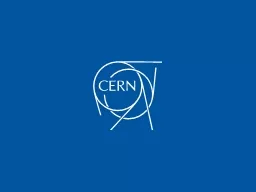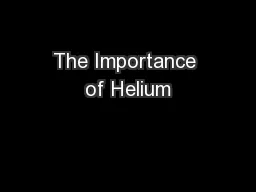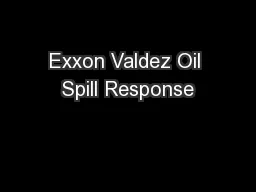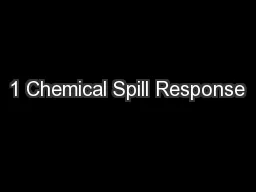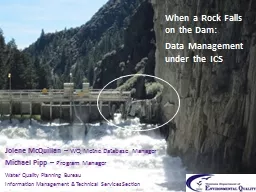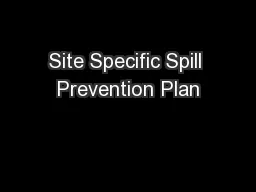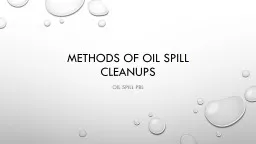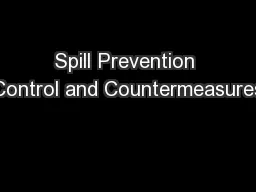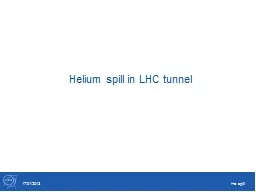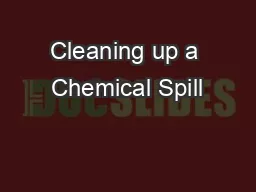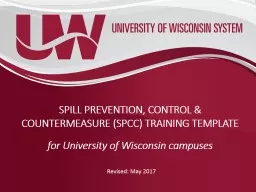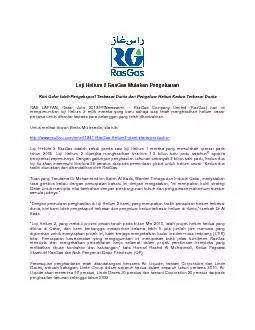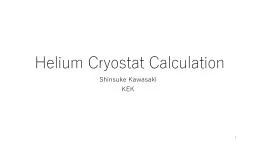PPT-Helium Spill Test in LHC
Author : giovanna-bartolotta | Published Date : 2016-07-17
tunnel to define length of restricted working areas Actual situation Evolution How to continue S etup of the spilling test How Where When Risks Ongoing work Conclusions
Presentation Embed Code
Download Presentation
Download Presentation The PPT/PDF document "Helium Spill Test in LHC" is the property of its rightful owner. Permission is granted to download and print the materials on this website for personal, non-commercial use only, and to display it on your personal computer provided you do not modify the materials and that you retain all copyright notices contained in the materials. By downloading content from our website, you accept the terms of this agreement.
Helium Spill Test in LHC: Transcript
Download Rules Of Document
"Helium Spill Test in LHC"The content belongs to its owner. You may download and print it for personal use, without modification, and keep all copyright notices. By downloading, you agree to these terms.
Related Documents

